
Written by Carolina Duarte, Data Scientist
March 2, 2023
With the introduction of new regulations, we knew that hardware companies would be required to conduct Lifecycle Assessments (LCAs). However, LCAs lack the real-time element, are not being actively revisited, and fail to capture the dynamism of circular business models. As a result, HaaS businesses struggle making decisions from these documents.
Measuring your HaaS business emissions has the power to provide benefits beyond just influencing product decisions. For example, it can open up new financing opportunities and influence customers' purchasing decisions. Currently, HaaS businesses cannot access green sustainable finance products due to their inability to share an accurate real-time view of their impact. Additionally, as more customers prioritise sustainable brands, they are demanding evidence of reduced environmental impact from the products they choose.
To address this, we partnered with Systemiq, a sustainability consultancy, to build a way for hardware companies to report on scope emissions and other metrics throughout their assets' lifecycle – from build, use, to end of life.
Collect
Measure
Act
You can only manage what you measure, and you can only measure if you collect data.
Collecting data is not only important for external transparency, but also helps our customers make decisions on improvements to their products, service, and the overall business.
We partner with our customers to help them collect and make sense of their data.
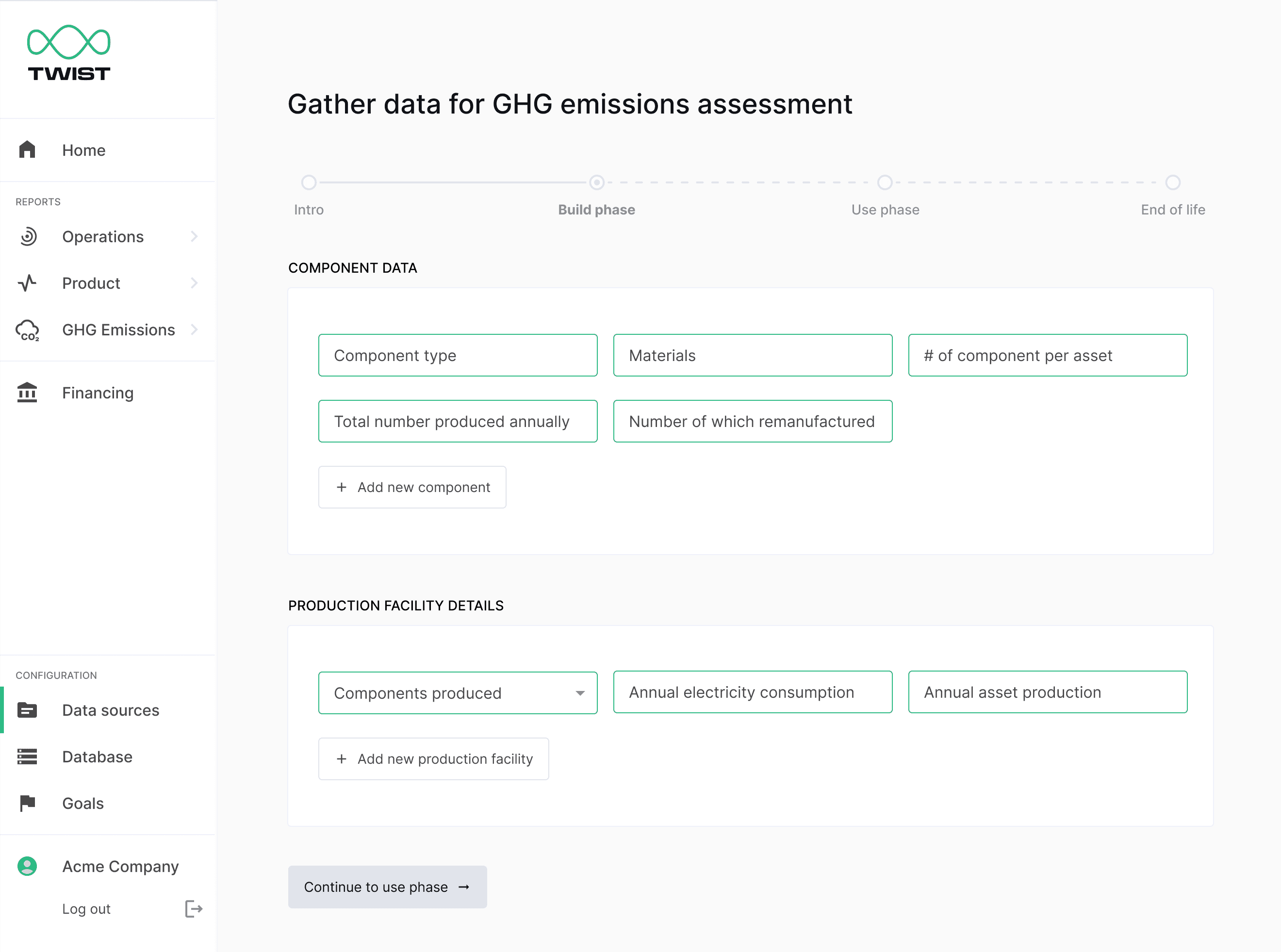
Phase
Build
Our Build Phase insights provide you with valuable data to make informed decisions on how to improve emissions at both the component and assembly level. By analysing the data, you can identify areas that need attention and implement changes that will have a positive impact on the environment.
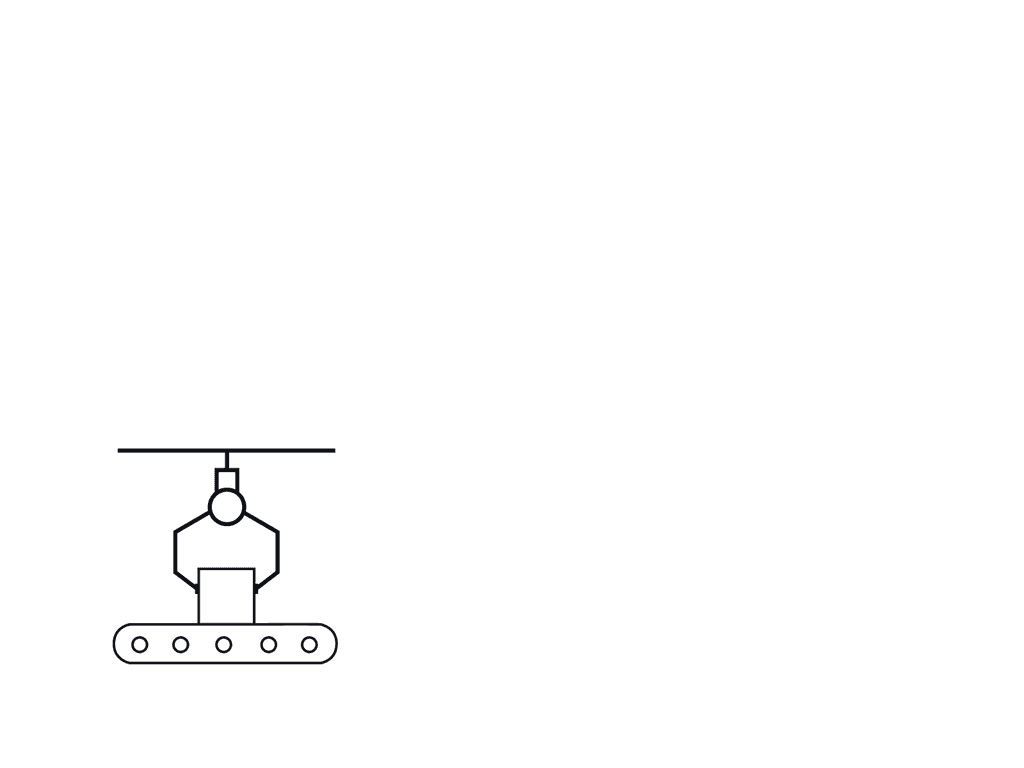
Component
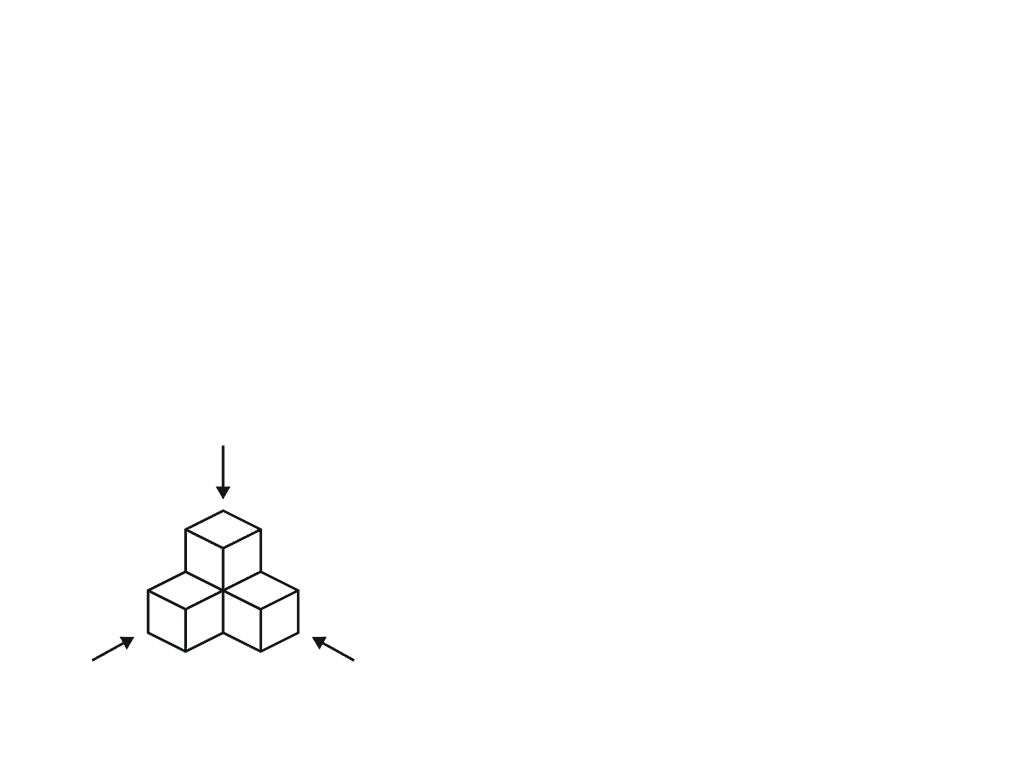
Assembly
Data required:
kWh consumed
Energy mix

Using information on product assembly emissions, you can identify which product batches incurred the lowest levels of emissions – either due to assembly practices, or the types of components that were used. Adopt identified best practices to reduce your scope 1 and 2 emissions.
Phase
Use
With our Use phase insights, you can gain a comprehensive understanding of your service's environmental impact. This includes analysing emissions throughout various stages of your service, such as charging, distribution, and servicing.

Charging
Data required:
Battery consumed
Battery capacity
Location / date emission factor

Servicing
Data required:
Km driven
Fuel efficiency
Components replaced
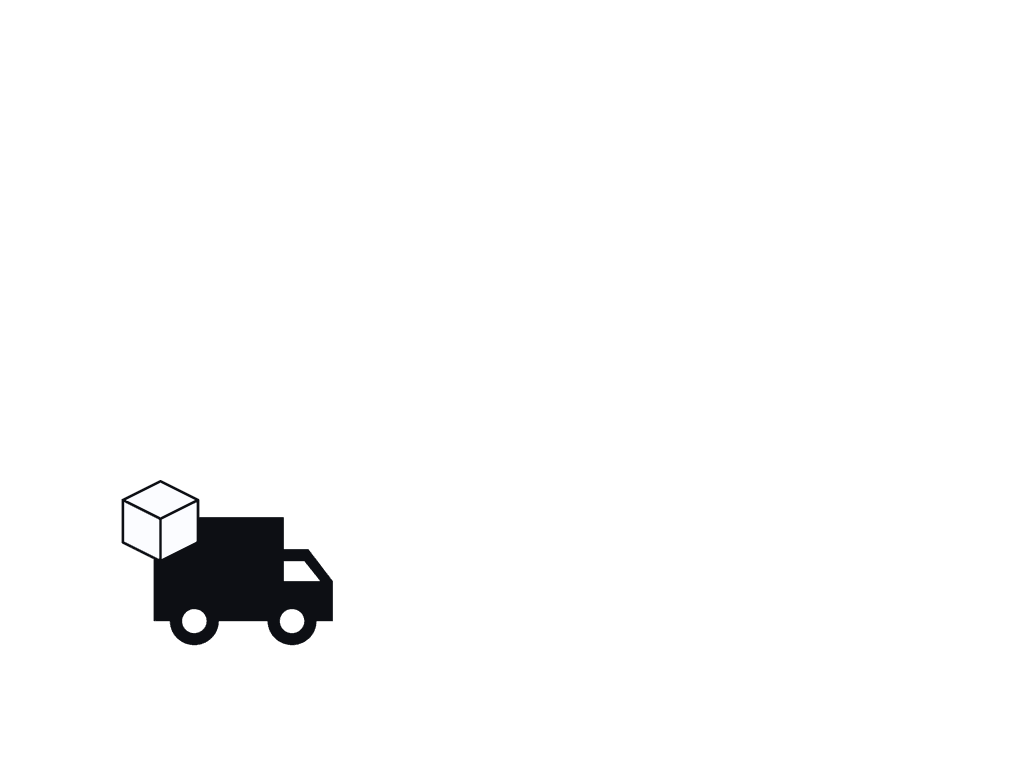
Logistics
Data required:
Km driven
Fuel efficiency

Storage
Data required
kWh consumed
Energy mix
% facility emissions attributable to asset
Charging emissions case study
Twist definition

Battery consumed


Battery capacity


Location / date emission factor

Utility


Fixed energy efficiency


Fixed emission factor
Concept
Estimate battery consumption from asset SOC over time using advance machine learning techniques
Energy consumption does not depend solely on utility
Example: driving straight or uphill requires different amounts of energy
Focus on battery usage better captures the differences in above mentioned conditions, user behaviour, or asset performance
Provide utility per charge for each asset (ex: km per charge) based on utility and battery consumption
Average energy efficiency provides limited information
Energy efficiency per asset allows to understand fleet performance and contributing factors
Estimate asset location daily based on IoT geo information to pick the most precise grid emission factor
Average emission factors decrease accuracy of estimations
Emissions factors per location and date increases accuracy of estimations
Phase
Our End-of-Life insights allow you to track the recycling process of components and materials. You can use this data to inform future decisions about materials and processes, such as identifying which materials are better suited for a specific product, how to dispose of them responsibly, or find a different use for them.

Disposal
Data needed:
# Components disposed
Disposal emissions per component
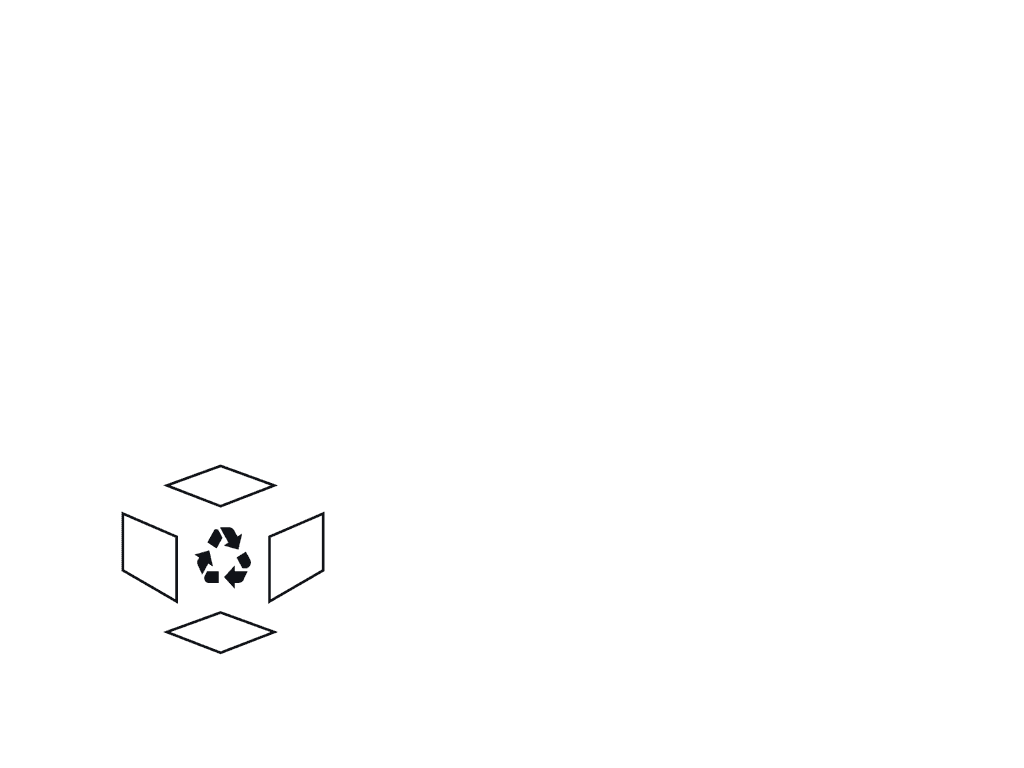
Recycling
Data needed:
Net emissions for recycling per component
Kg of material recycled
Emissions avoided through recycling
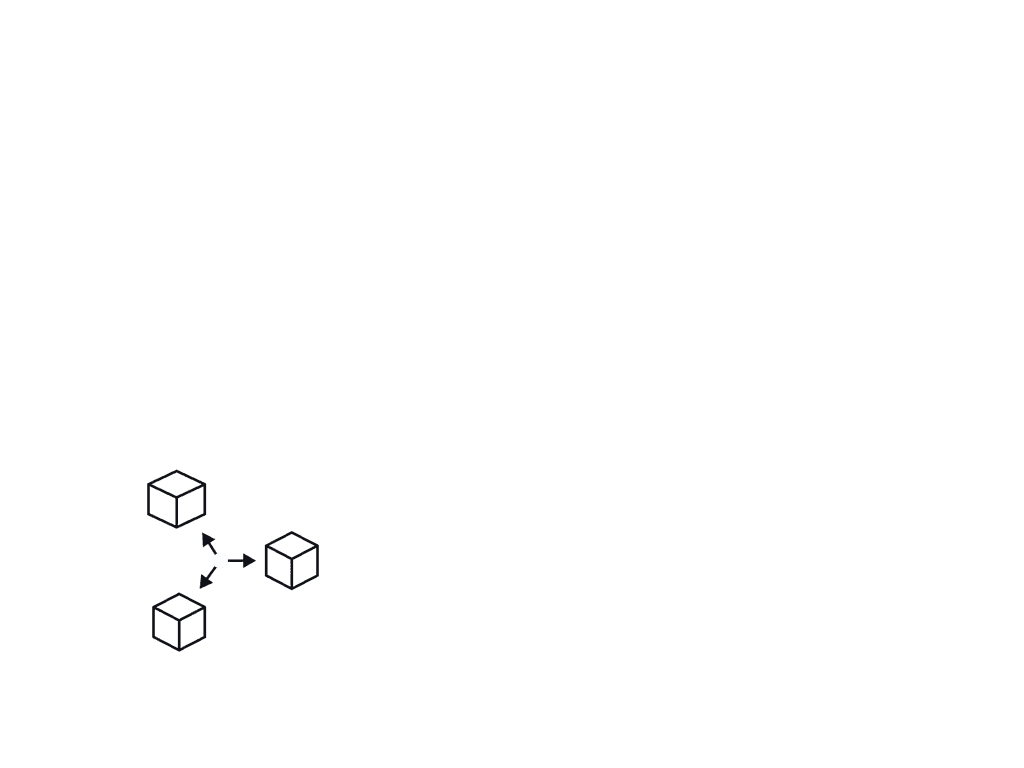
Remanufacturing
Data needed:
Net emissions for remanufacturing per component
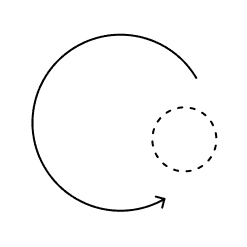
Identify changes to materials, components or design that can lead to a better new version of your product in the build phase, thus completing the loop






